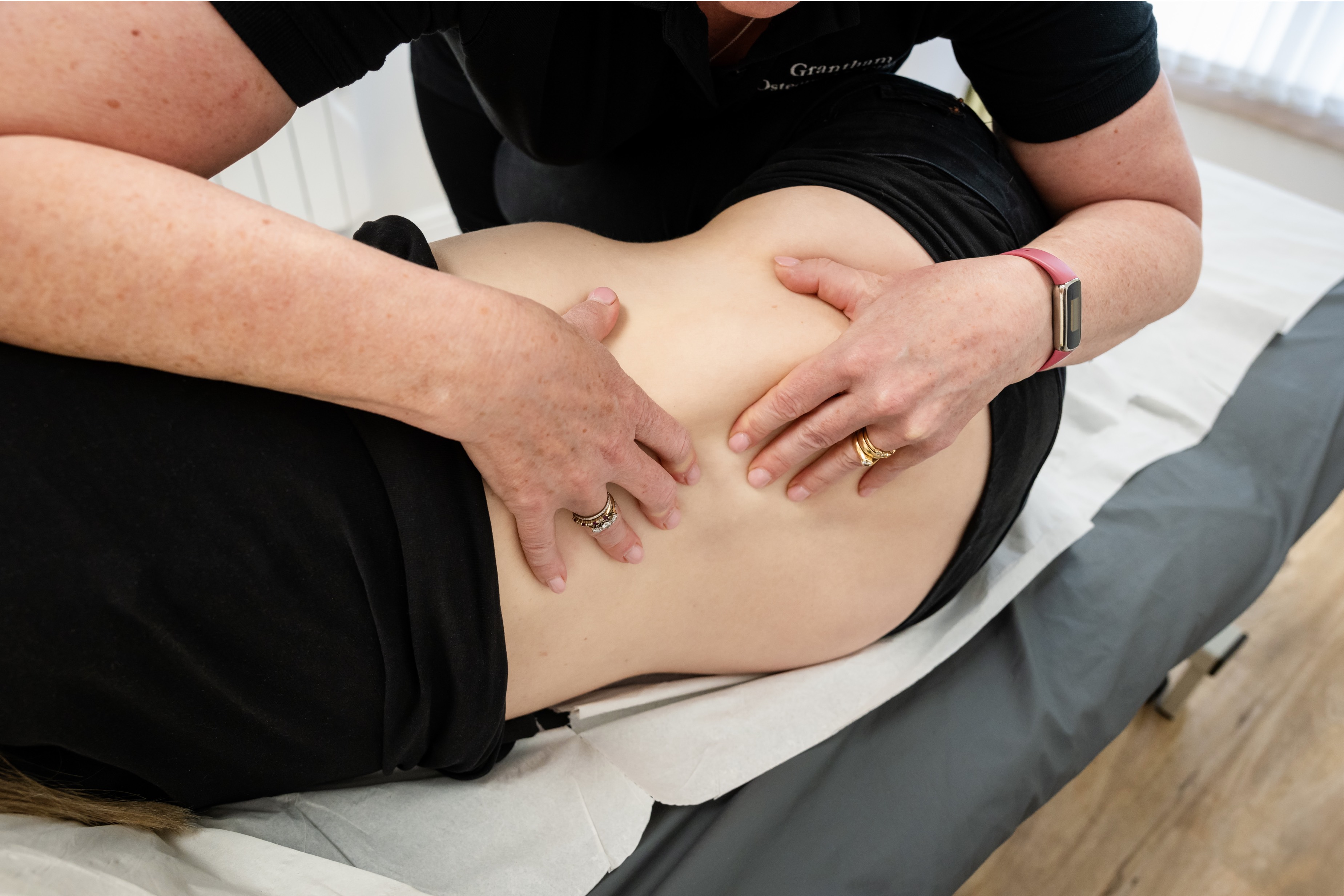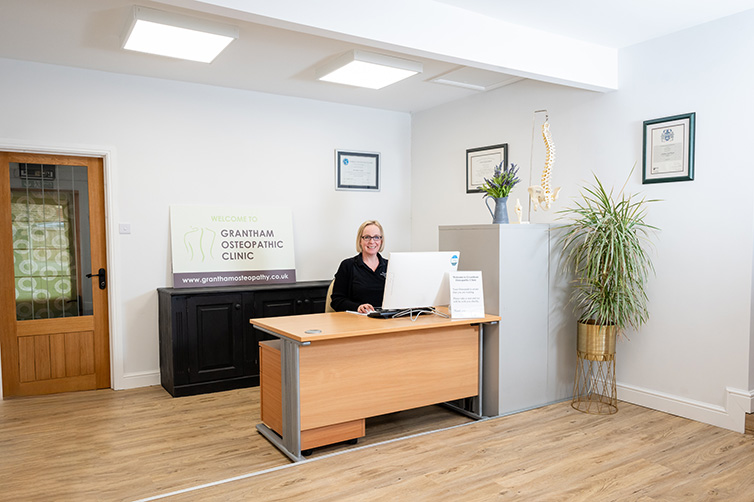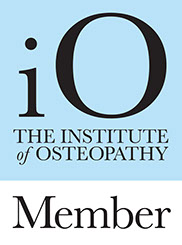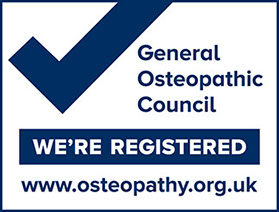GRANTHAM
OSTEOPATHIC CLINIC
01476-593919

WHAT IS OSTEOPATHY
Osteopathy is a system of diagnosis and treatment which focuses on the muscular-skeletal system (the bones, joints, muscles, ligaments and connective tissues) and the way in which it interacts with the body as a whole.
An osteopath diagnoses and treats dysfunction, which occurs due to injury, stress or disease, to enable the body to restore itself to normal function.
Treating the patient as an individual is essential for an osteopath.

VISITING AN OSTEOPATH
Osteopaths use their hands to carry out treatment, using either a variety of manipulative techniques or the cranial approach.
On initial consultation with an osteopath a full medical history will be taken. With children extra information about length of labour, use of forceps, type of presentation etc may be sought.
Once this information is gathered, the patient will then be assessed. Simple observation and gentle palpation would be used to identify any parts of weakness, strain or injury the body is exhibiting.
Once this is determined, the osteopath should then be able to give a diagnosis and prognosis, and outline a treatment plan.

COMMON PROBLEMS
Significant types of illnesses due to work are disorders of the muscles, tendons and joints (particularly in the back, hands and arms). Symptoms vary from mild aches and pains to severe pain and disability.
Generalised aches & pains
Joint pain
Arthritic pain
General acute & chronic backache and back pain
Neck pain
Headache arising from the neck
Frozen shoulder
Elbow pain \ Tennis Elbow
Lumbago
Sciatica muscle spasms
Fibromyalgia \ Rheumatic pain
Minor sports injuries & tensions
WHAT TO EXPECT AT YOUR FIRST APPOINTMENT
INITIAL CONSULTATION
Osteopaths are healthcare professionals who are specifically trained in diagnosing health issues. At your first appointment, your Osteopath will ask questions about your medical history & lifestyle, as well as discussing any symptoms you may be experiencing. This is very important & will help them to make an accurate diagnosis & suggest appropriate treatment.
WHAT TO WEAR
As with any healthcare appointment, it may be necessary for your osteopath to ask you to remove some clothing, this is so they can see & touch the areas of your body that are causing concern. Your osteopath will want you to feel at ease, therefore if you feel uncomfortable undressing to your underwear, your osteopath may suggest wearing clothing such as shorts & t shirt, or close-fitting garments that will enable them to work effectively. Please discuss this with your osteopath. You are welcome to ask a friend or relative to accompany you & be with you throughout your
appointment.


DIAGNOSIS & TREATMENT
Osteopathy specialises in the diagnosis, management, treatment & prevention of musculoskeletal & other related disorders.
Your osteopath will give you a clear explanation of what they find & discuss a treatment plan that is suitable for you. They will explain the benefits & any risks of the treatment they are recommending. It is important to understand & agree what treatment can achieve, & the likely number of sessions needed for a noticeable improvement in how you feel,
Treatment is hands on & involves skilled manipulation of the spine & joints, & massage of the soft tissues. Your Osteopath will explain what they are doing & will ask your permission to treat you (this is known as consent)
Ask questions at any time if you are unsure what you have been told or if you have any concerns.
IS TREATMENT PAINFUL
Osteopathic treatment is usually a very gentle process & Osteopaths work very hard to make your treatment as painless as possible, but you may experience some discomfort during & after treatment. Your Osteopath will warn you if they think the technique that they are about to use is likely to be uncomfortable & will stop if you tell them that you are feeling too much pain.
Following treatment, you may experience some soreness in the area of the body that was treated, this will normally settle in 48 hours.
If you experience unusual symptoms after treatment, you should contact your osteopath straight away for advice.


Open Monday - Friday 9:00 - 6:00
And to 6:30 on a Tuesday & Thursday
GRANTHAM OSTEOPATHIC CLINIC
THE MANOR HOUSE,
70 LONG STREET
GREAT GONERBY, GRANTHAM
LINCOLNSHIRE, NG31 8LW
01476 593919
granthamosteo@outlook.com





